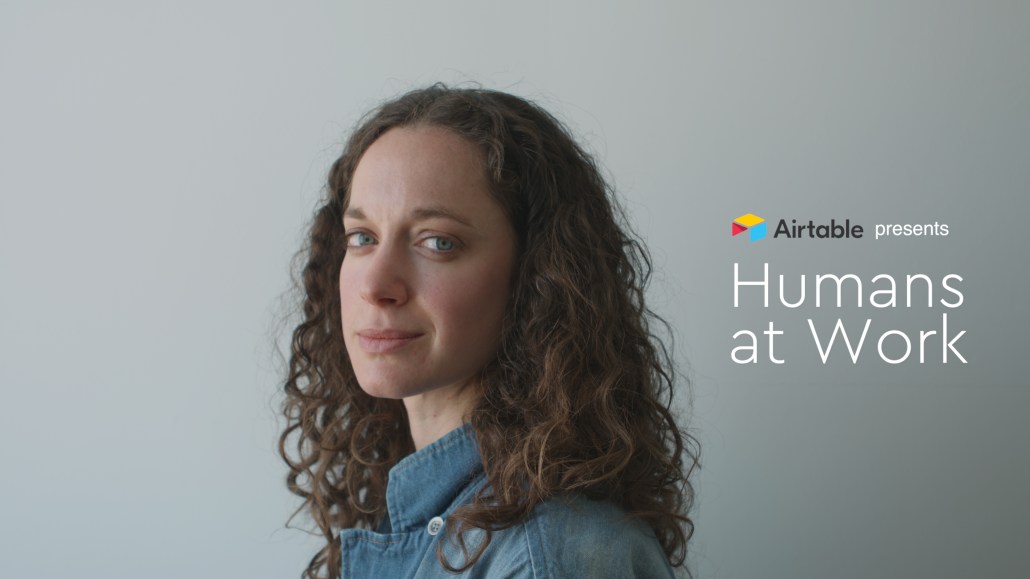From marketplace to publisher – how Artsy tapped its user data to bring art to the people

Art doesn’t begin and end on the artist’s canvas. The modern art world is a complex ecosystem of connections and cooperation, from the artists who create their works to the curators who collect them, the critics who critique them and the audiences who attempt to interpret them.
Now imagine a publisher entrenched in that world, and the importance of such collaboration should emerge in stark focus.
From its beginning, Artsy.net sought to expand the art market and support more artists through a comprehensive online art marketplace. The site delivered on that mission, but Artsy’s leadership quickly realized that it could do more than just make the art market accessible to a niche audience. To truly support all artists, Artsy needed to make the art itself accessible – to everyone. And so Artsy the platform gave way to Artsy the publication, which would cater not only to insiders of “the art world” but to every curious yet casual observer. Or, you know, “the world.”

Appealing to so many subsets might seem like a challenge, but it turns out it’s possible to deliver on that promise by knowing exactly who you’re talking to through a blend of data, tools and teamwork.
“We find a pretty broad audience within that niche of people who are learning about art,” says Marina Cashdan, Artsy’s VP of editorial and creative. “[This goes beyond] people who are squarely within the art world and understand the dialogue happening inside.”
For Cashdan, understanding Artsy’s audience is key to successfully shaping every piece of the site’s content from pitch to publish date. “We are very data-informed, but we are not data-dictated,” she says. To ensure their content is nuanced enough to appeal equally to newcomers and the notoriously insular art crowd, the Artsy editorial team employs what Cashdan describes as an 80/20 ratio: “Eighty percent understanding what’s already working and iterating on that, and twenty percent experimentation.”

That understanding came through a team-wide collaboration in understanding audience data, so Cashdan’s editors could forge a cohesive content strategy “By understanding and profiling our readers, we can create reader personas,” Cashdan explains. She and her staff can then tailor content directly for specific personas and inform and connect with them in richer, more engaging ways. None of which would be possible without the help of a team of people whose names you won’t find in the masthead.
“With editorial, people don’t always realize how many people are involved,” says Cashdan. “Much like film, it’s not one person seeing it from beginning to end. It’s often many people touching a piece of copy to get it from the idea stage to seeing it live on a site.”
To foster collaboration within the editorial team itself, half of whom work remotely across various time zones, Cashdan relies on real-time messaging and project management tools. Staying on the same page is key in any newsroom, but especially so when covering the art world, which operates on an ever-shifting schedule.
“Time management is super critical in this industry,” Cashdan says. “Every piece will have a different amount of time that you need to allocate toward it depending on the subject, how many people are interviewed, whether we’re commissioning assets [or] whether we’re requesting assets we might need to get image rights for.”

Cloud-based tools like Airtable help Cashdan manage her editorial calendar by making it easy for her to view entire projects from a thousand feet and sift through granular details in equal measure, which allows her to engage with each editor to ensure that every piece serves its stated purpose and meets its goals. In this way, the art world editor becomes a curator in her own right. Seamless collaboration delivers better content, and better content yields engaged and loyal readers, despite the stress of tight turnaround times.
“The collaborative process and having these collaborative partners is so rewarding within itself,” says Cashdan. “To be able to produce these things without having to put an extra amount of stress on the team, and hearing from readers who are enjoying this and feeling like they have some access to art through these artists? All of that, that’s the reward, in the end.”
More from Digiday

Chasing U.S. growth, Tony’s Chocolonely focuses on a retail media and social blend
Premium chocolate brand Tony’s Chocolonely is focusing on retail media and paid social as it targets U.S. growth.

Creators are left wanting more from Spotify’s push to video
The streaming service will have to step up certain features in order to shift people toward video podcasts on its app.

The year the memes took over reality – and marketing followed
Subcultures aren’t niche anymore — they’re the culture. And for marketers, that changes everything.





